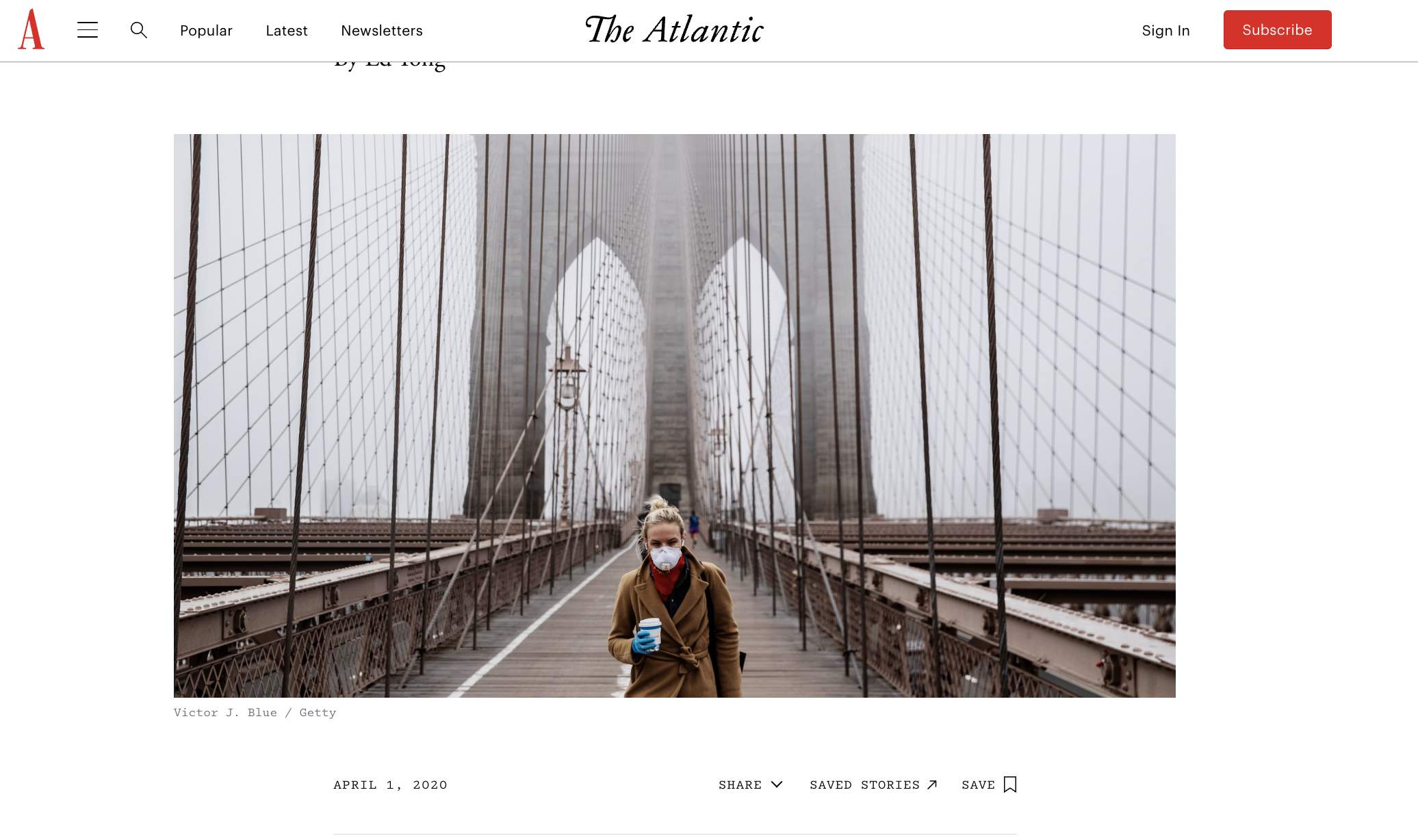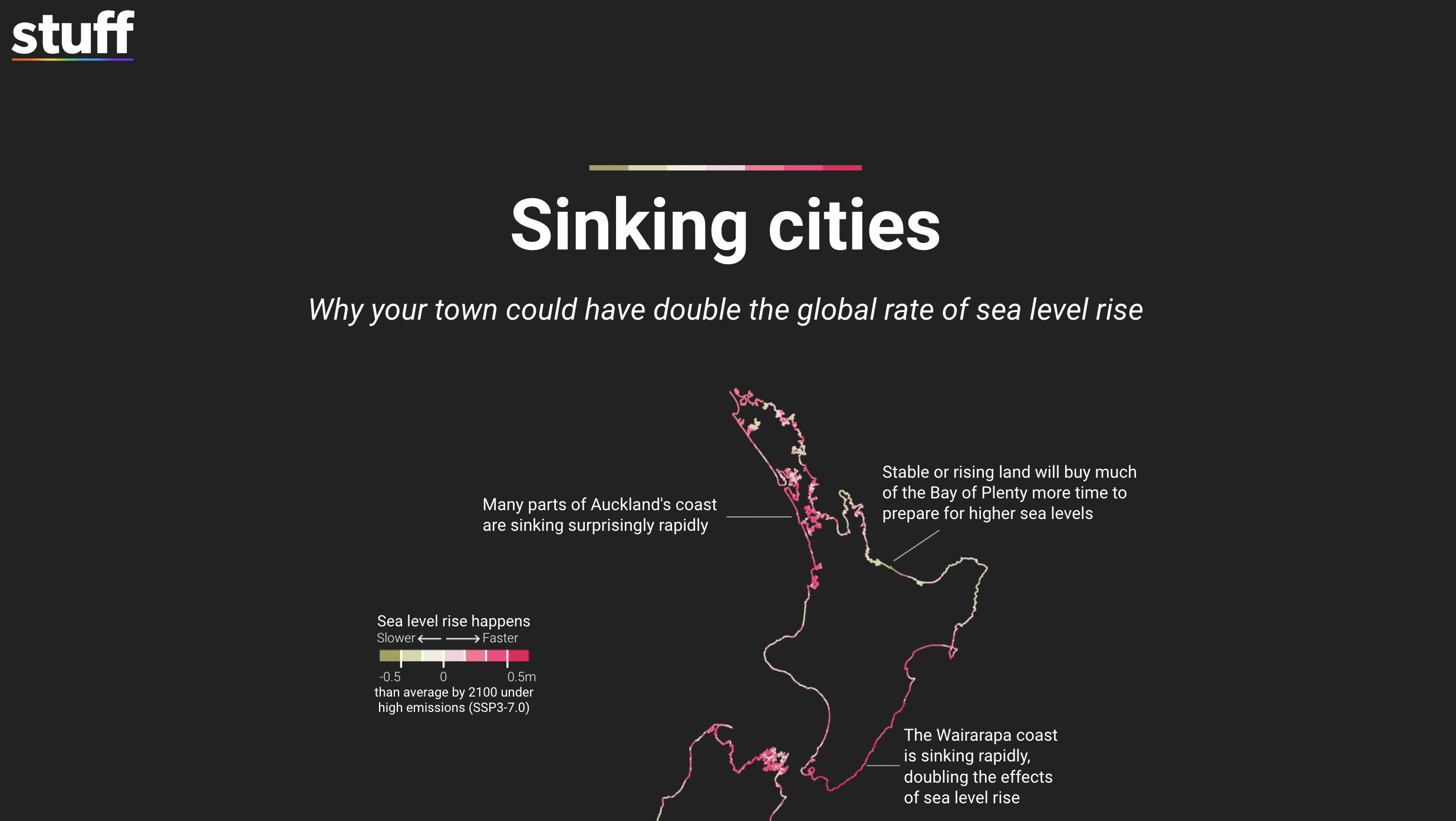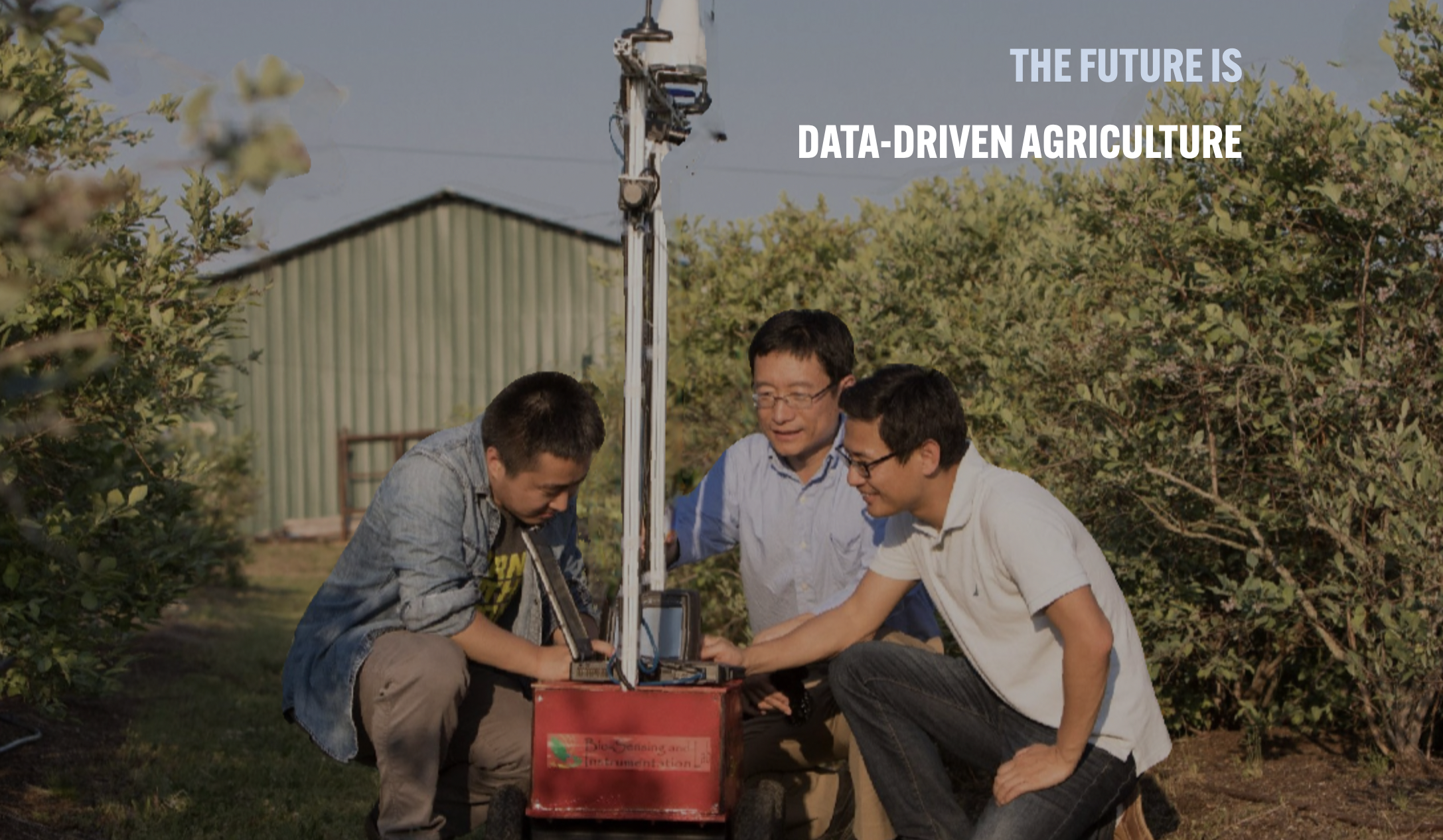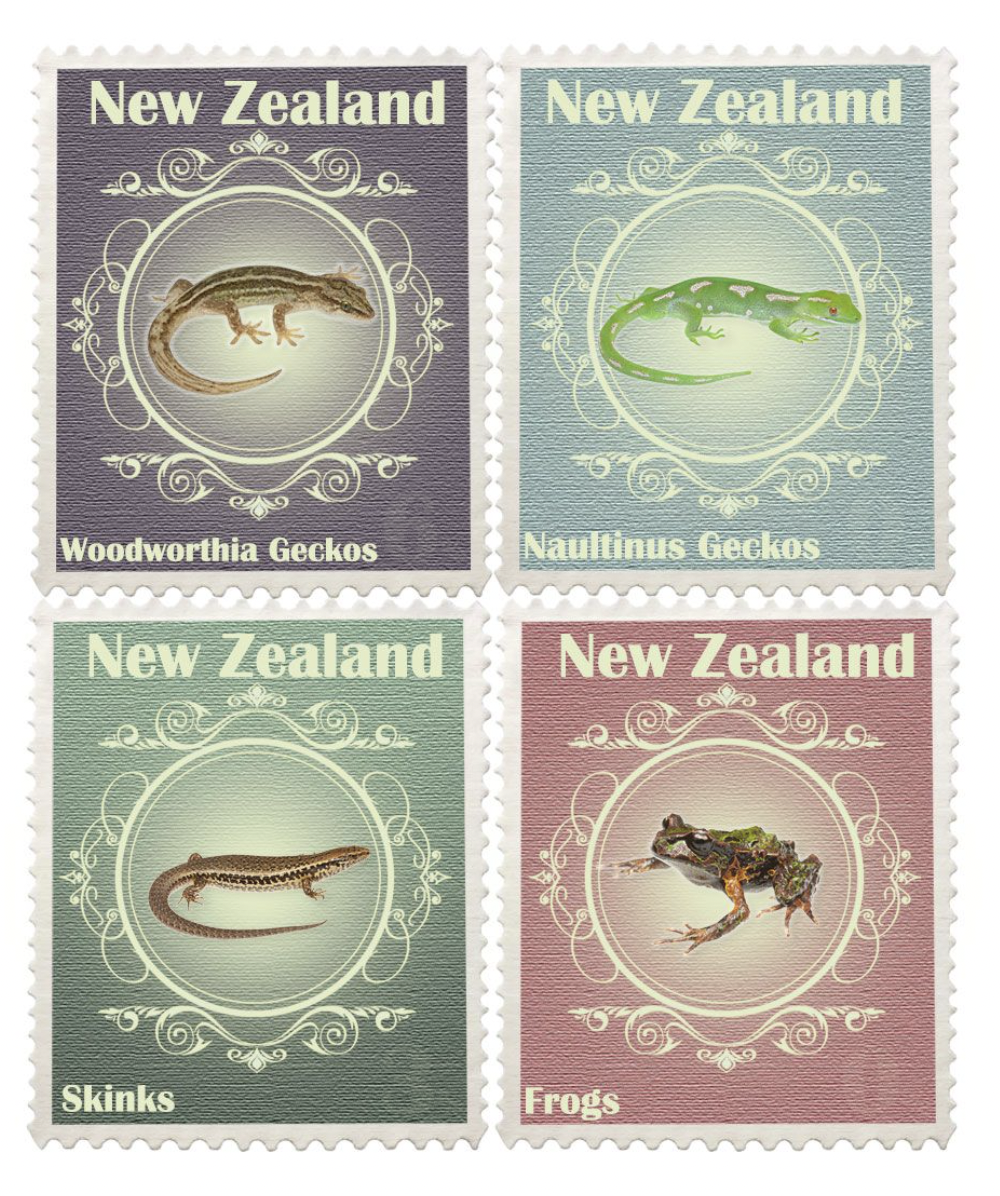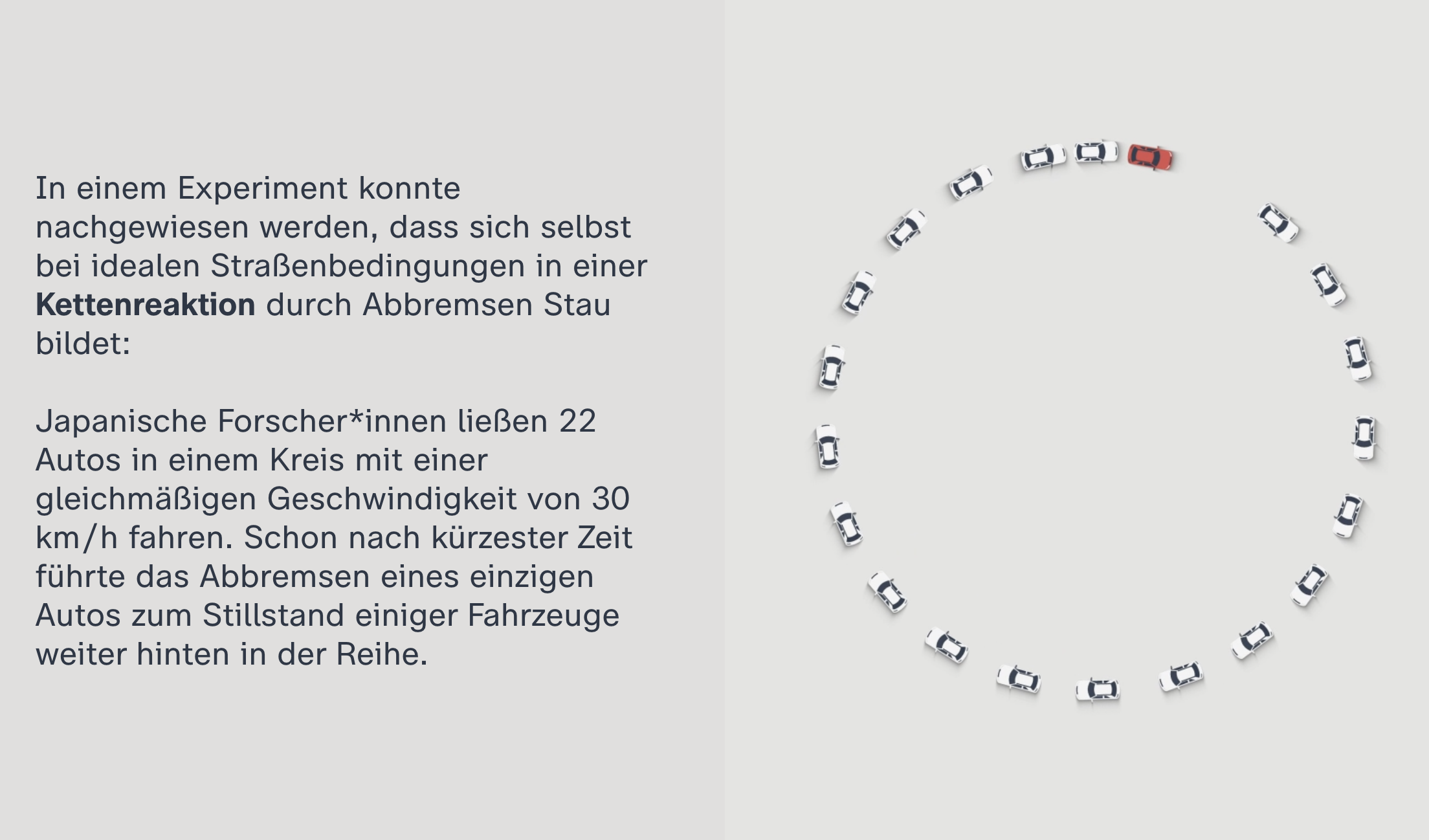10 engaging
examples of science journalism

The climate crisis. COVID-19. The latest breakthrough treatment for cancer. Artificial intelligence. If you have a reasonable understanding of these issues, then science journalism has done its job.
In this area of journalism, complex research topics are brought out of the laboratory so that we, the general public, can understand what advancements are taking place and what they mean for society.
In this article, we’re going to geek out about science journalism and science writing, and take a look at why it's so important for the general public and our collective future.
Let’s get started.
Start creating with Shorthand
It's the fastest way to publish beautifully engaging feature stories, digital magazines, reports, and more.
What is science journalism?

Science journalism exists to report on healthcare breakthroughs, disease, climate change, and a tonne of other things, in a way that the general public can understand.
You may not understand mRNA like a genetic researcher, but, thanks to media coverage, you should have a good understanding of the technology of the COVID-19 vaccine, and the effectiveness of the treatment.
Usually, science reporting is published in media outlets like the New York Times, The Guardian, Scientific American or Popular Science. However, each medium has its challenges. A two-minute science story on the nightly news — or a thirty second clip on social media — isn't long enough to report on how a new cancer treatment works, but a full podcast or a double-page investigative journalism spread that explains a new pandemic may be too detailed to hold the reader's attention.
Successful science writers all have a singular trait: they can condense complex, scientific information into a format that makes it simple for the general public to understand. And that’s no easy task.
Characteristics of standout science journalism

Science journalists must report on complex subjects so the average reader can understand their article and digest the information.
Reporting on an election is comparatively simple. But, writing a news article about what fuels global warming, or a behind-the-scenes look at immuno-oncology is immensely challenging. Great science communication like this requires a particular set of skills:
- Accuracy: The article should be accurate and backed up by reliable, peer-reviewed scientific research. Science journalists should look beyond the hype of new scientific findings and incorporate critiques from the broader scientific community.
- Clarity: This is a big one. Great science journalism distills complex concepts and topics to make them easy to understand. The jargon found in technical scientific writing isn't helpful here: instead, journalists should use a reading grade level of 8-10 to communicate with their non-specialist audience.
- Context: Science news stories should explain how a discovery or situation fits into a broader context in society, and not just be a regurgitated press release. If a new cancer treatment is discovered, what kind of real-world impact could it have, when will it be available, and what will it mean for the average reader?
- Balance: The piece should present multiple perspectives and viewpoints so the reader can form their own opinion and conclusions, without allowing for misinformation or falling foul of ‘false balance.’ If there is a controversy or new information included in the story, it should be reported on in a fair and balanced way and give each side a chance to explain their viewpoints — while noting the authority of peer-reviewed scientific studies.
Most of all, successful science journalism is a balance of accuracy and scepticism. It questions assumptions and digs into claims made by the scientists and institutions involved in the story to give the reader a full picture of the topic.
The importance of science journalism in today’s media landscape
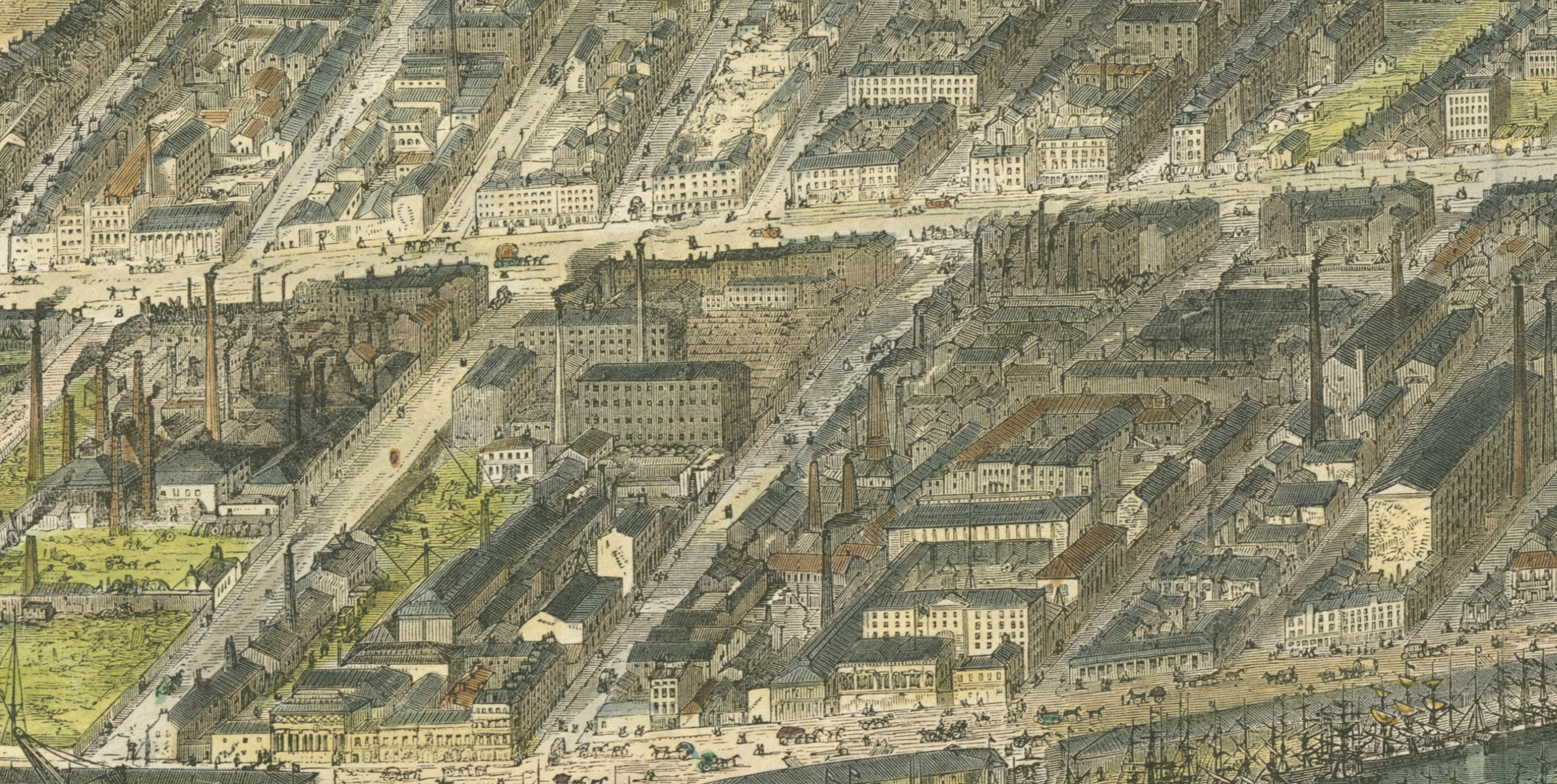
If we all think about the last time we had to grasp an incredibly complex scientific topic as a society, we will probably have the same answer: the COVID-19 pandemic.
Science journalism played a crucial role in helping us all truly understand what was happening and when life would return to normal. The Atlantic’s Ed Yong covered the pandemic from early 2020, and his coverage won several awards, including the 2021 Pulitzer Prize in Explanatory Reporting.
But what made Yong's reporting stand out?
In his own words, reporting on the pandemic was like a jigsaw puzzle with a thousand different pieces — it was his job to write something that readers found coherent.
“I had written about pandemics before — several times over at the Atlantic — before COVID happened. I think what COVID did was to make it very clear that focusing entirely on science in an attempt to cover the pandemic was going to be the wrong approach,” he says.
“Science is obviously very much a part of the story; you need to understand things like virology and epidemiology to understand the nature of the pandemic. But you also very much need to understand topics relevant to the humanities and the social sciences.”
Science journalist Tanya Lewis described reporting on the pandemic in similar terms, saying it was “like building a plane while flying it — at warp speed in a hurricane.”
“The underlying science was evolving daily, so there was no expert consensus or body of established research to draw on. And there were plenty of people willing to exploit this information vacuum, creating a secondary epidemic of misinformation.” she writes.
“I have learned that science is always political — despite what many scientists like to think.”
These reflections show how journalists grappled between reporting from a purely scientific point of view and thinking about the pandemic’s wider impact on society. As scientific discoveries and technological advancements continue, the role of science journalism will only become more important.
Let’s take a look at some recent examples of science journalism that tick all the boxes of great reporting 👇
10 examples of science
journalism that connected with audiences
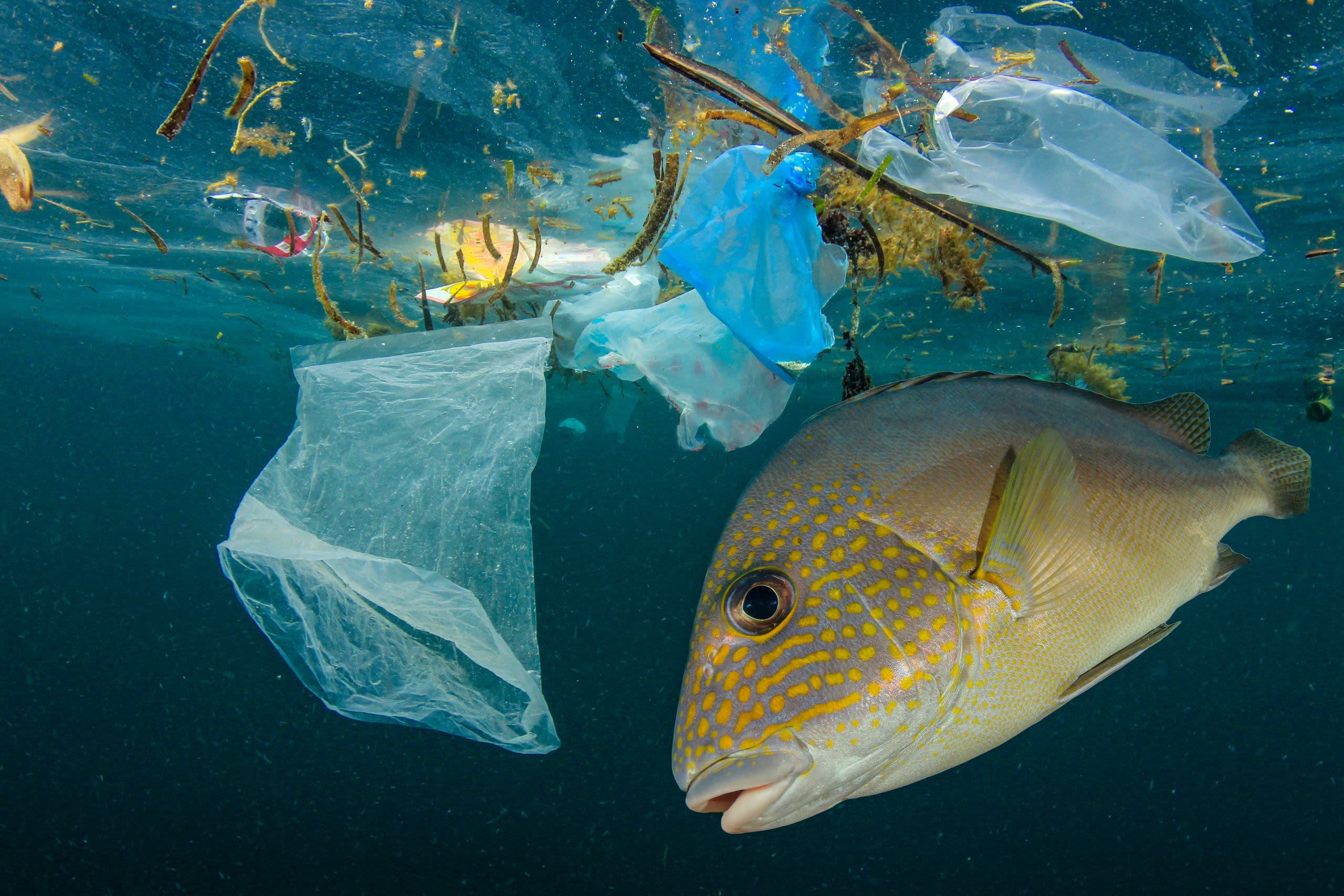
1. Sinking cities
✍️ Journalist(s): Eloise Gibson and Felipe Rodrigues
📰 News outlet: Stuff
The first article on our list combines data journalism and interactive graphics to talk about the impact of rising sea levels on Aotearoa New Zealand's major cities.
The reporting of Sinking Cities combines interactive data visualisations with personal stories from those directly impacted by the rising sea levels. The data visuals do a stellar job of explaining the (very complex) nature of scientific research and predictions behind the sea-level rises and their potential impact on Aotearoa's coastlines.
The article also has a strong message flowing through it, highlighting the urgent need for action to mitigate the effects of climate change and reduce greenhouse gas emissions.
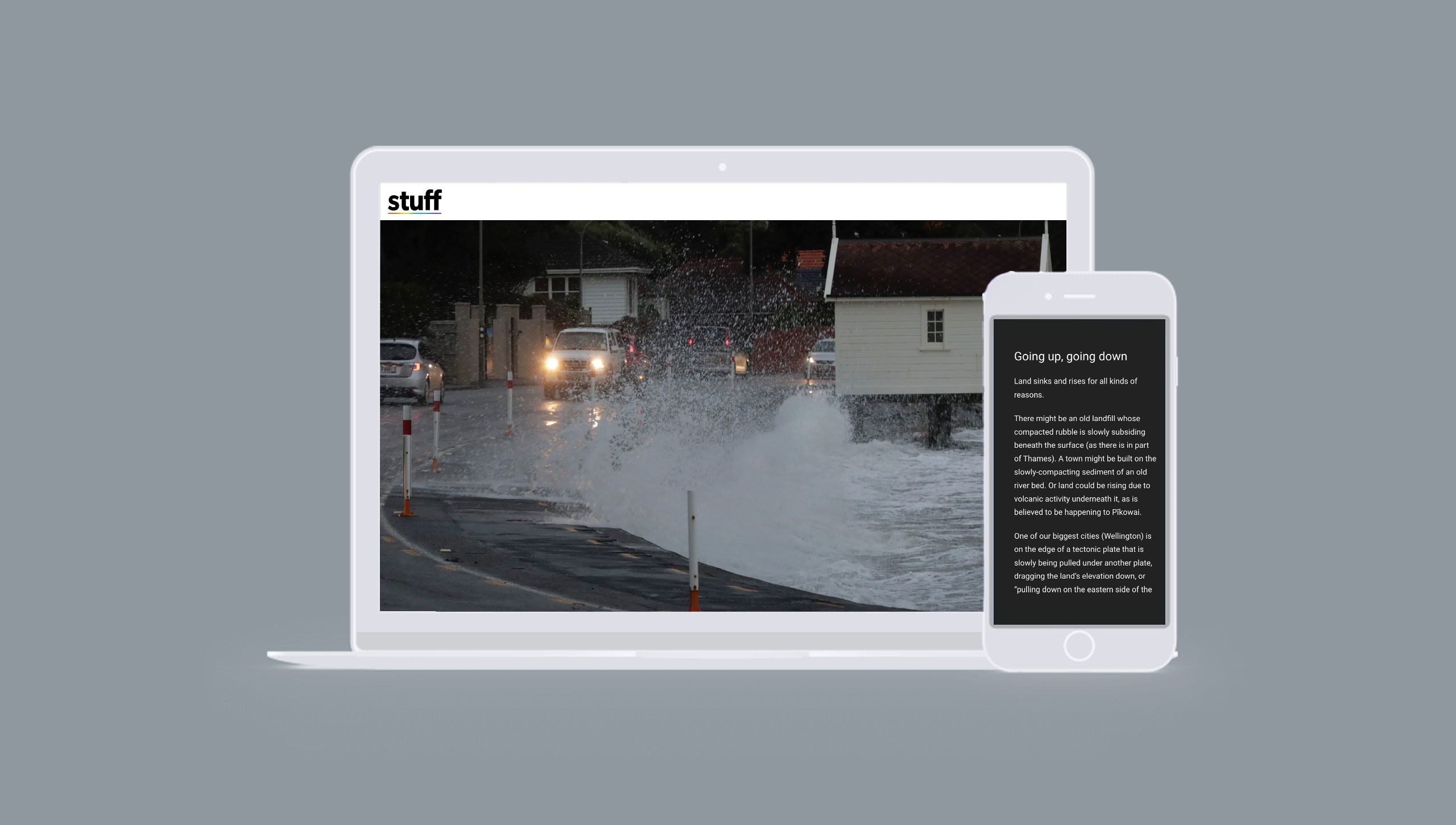
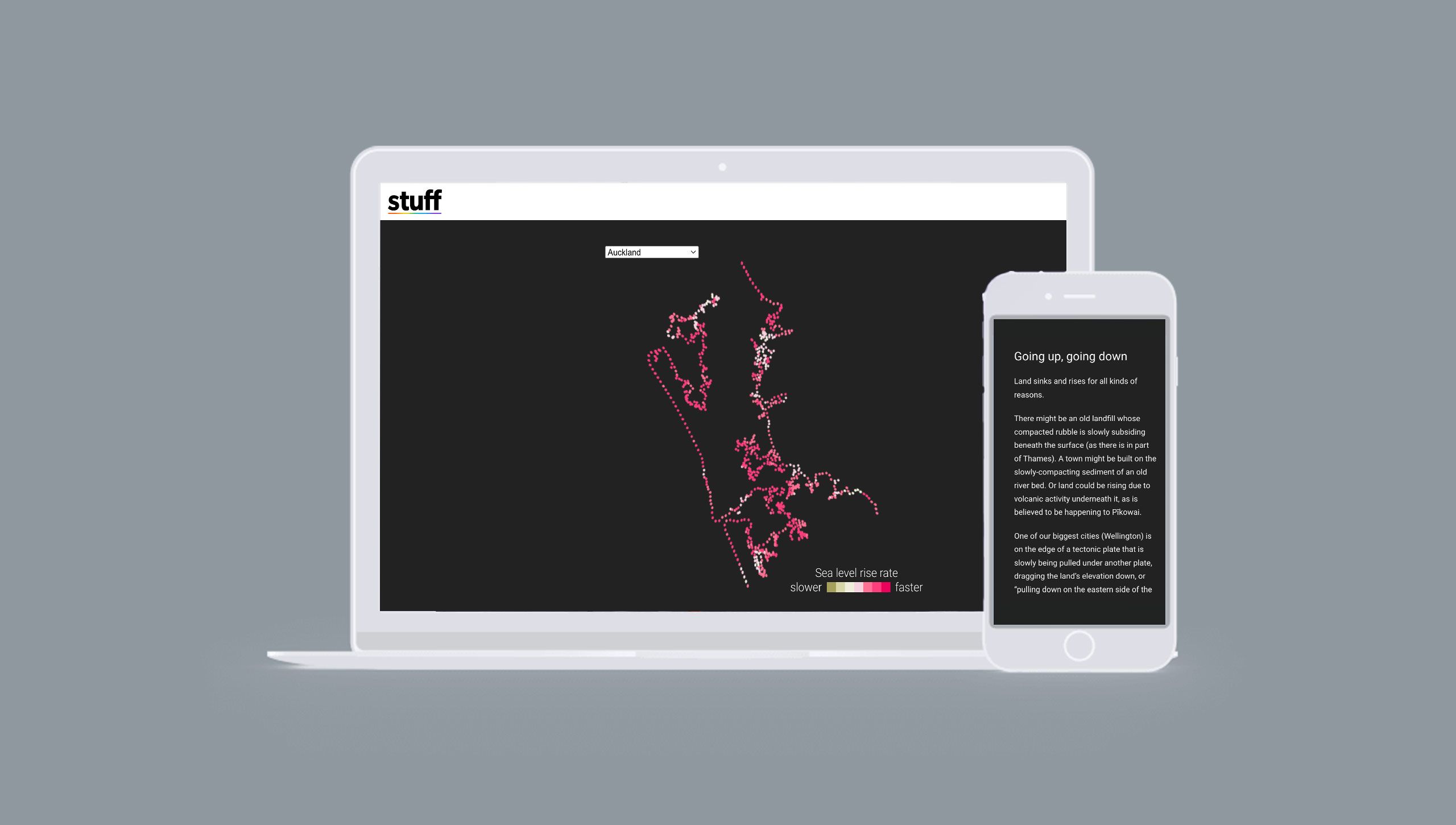
2. Treating cancer
📰 News outlet: University of Oxford
Over the last decade, science journalism has become critical to the communications work of research institutions. Outreach to experts in most scientific fields is much easier, with the authors of major scientific papers working in the same institution as the writer. And many communications and marketing teams are realising that academic research is their great differentiator.
In this example, University of Oxford researchers have spent years looking at ways to turn people's immune systems against cancerous tumours, and investigating if viruses can be manipulated into targeting cancer.
This detailed piece of scientific journalism takes a closer look at why cancer is so hard to treat and why researchers are testing a different approach. Using video explanations, the article explains how genetically modified ‘oncolytic’ viruses are being tested as breakthrough cancer therapies to see if they can directly kill cancer cells.
Several leading cancer researchers are interviewed and share their insights into how the treatments are developed and their outlook. The mix of video and first-hand expert interviews turn this complex topic into a piece that's both accurate and easy to understand.


3. Glasgow: The last best hope to fight climate change
✍️ Journalist(s): Calum Watson
📰 News outlet: BBC
Before the United Nations Climate Change Conference (COP26) was held in Scotland in 2021, Glasgow was hailed as a leader in what was possible if people took action to address climate change.
In 'Glasgow: The last best hope to fight climate change', Calum Watson presents a well-rounded piece that includes interviews with climate scientists, activists, and government officials, to explain the current state of climate policy and what roadblocks we still face.
What’s interesting about this article is Watson leans on historically dull topics, like the role of renewable energy, and makes them relevant to readers' own experiences. One section, for example, has a detailed breakdown of housing insulation and how improving it can now only combat climate change, but significantly cut monthly bills for tenants and homeowners.
It’s a great example of approaching a widely-reported topic like climate change from an angle that the reader can specifically relate to.
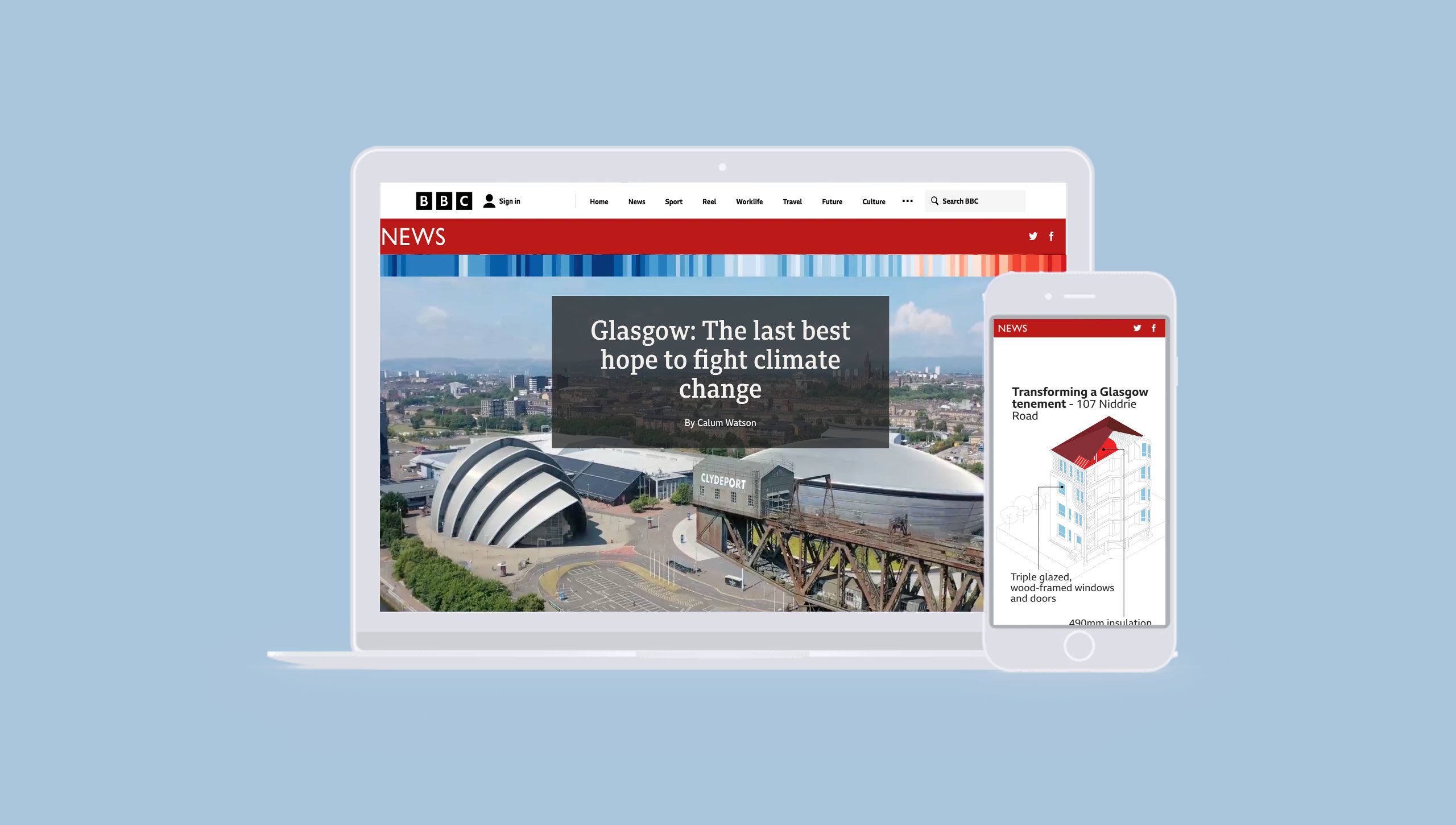

4. Robocrops: Data science, technology and A.I. coalesce in the field of plant robotics
✍️ Journalist: Gary Goettling
📰 Outlet: University of Georgia
Farmers aren’t growing our food with horses and carts anymore… but what about robots?
In this piece, Gary Goettling explores the use of robotics and automation in modern farming, from crop monitoring and harvesting to precision irrigation and soil analysis. On paper, this might put you to sleep if you’re not a farmer. But Goettling does a great job of explaining how these technologies increase efficiency and productivity to cut the price of goods in supermarkets.
Not only does the piece include interviews with farmers, researchers, and industry experts, but it also has interactive illustrations, videos, and scrollytelling images to make the article more engaging.


5. Aotearoa’s vanishing species
✍️ Journalist: Farah Hancock
📰 News outlet: RNZ
In this piece, Farah Hancock explores the endangered and near-extinct species around Aotearoa New Zealand, and which factors (including habitat loss, introduced predators, and climate change) have led to population decline.
The reporting leans heavily on interviews with scientists and conservationists who talk about the challenges of protecting the country’s biodiversity. But it also includes voices from Māori communities, who discuss the decline of iconic species like the kiwi, kakapo, as well as lesser-known species like the Canterbury mudfish alongside what it means for their culture.
The interactive elements in the piece are subtle. As the reader scrolls, animals slowly turn red to show they are endangered and then disappear completely, to symbolise extinction. It's a great example of science journalism, providing a crystal clear picture of the current outlook for each species.


6. 'Poisoned' near Pirana
✍️ Journalist: Himanshi Dahiya
📰 News outlet: The Quint
The most populous city in Gujarat, Ahmedabad is home to over 8.5 million people. Himanshi Dahiya takes a closer look at what impact the heavy population has had on the region’s groundwater, and if other factors like dumping of untreated waste and poor waste management practices are behind the water contamination.
What’s cool about this piece of science journalism is Dahiya’s use of aerial and still photographs mixed with interviews with residents about how the contamination has impacted their daily lives. By putting a face to the problem, the story also manages to weave in the rigorous science surrounding the environmental and health hazards of landfills without losing the reader.
The article’s message is simple: there is an urgent need for action to address the issues caused by the Pirana landfill before even more locals are affected.


7. Decriminalization of marijuana opens doors for some scientists
✍️ Journalist: Chris Woolston
📰 News outlet: Nature
Chris Woolston's article discusses the controversial topic of marijuana decriminalisation from the most reliable source — the scientists who study the plant.
This wide-reaching piece looks at the challenges scientists face in conducting research on marijuana, with federal regulations and constantly changing laws impacting their work. From his interviews with the scientists, Woolston pulls together detailed information about the practice and potential benefits of their research, including the development of new medications and treatments for conditions including chronic pain, epilepsy, and anxiety.
The article is a great example of approaching a controversial topic without bias, using interviews and scientific insights so that the reader can draw their own conclusion.

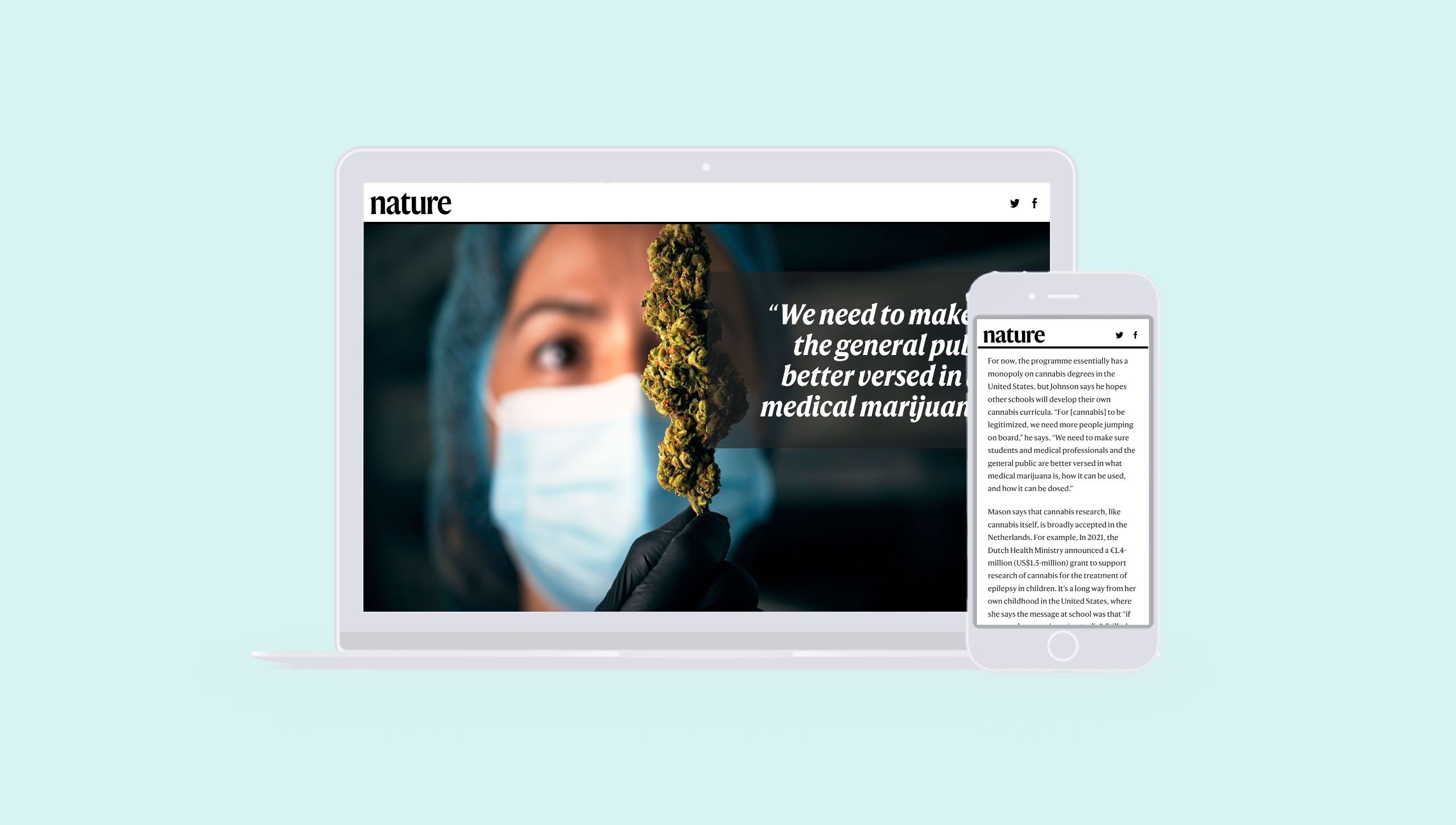
8. Standstill on the freeway
✍️ Journalist: Marielle Klein
📰 News outlet: ZDF
An article on… traffic jams? Sounds like a snore-fest. But journalist Marielle Klein uses a mix of data, statistics and interviews to turn this article on German highways into an interactive read that helps readers understand how congestion actually works.
Between interviews with experts, and interactive visuals placed throughout the article, readers can understand how holidays, weather conditions and other factors impact German roads. Instead of just focusing on why traffic jams suck, the piece dives deeper to help readers see why they happen and how to prevent them.


9. Rewilding
✍️ Journalist: Jonathan Thomson
📰 News outlet: The Beautiful Truth
Natural habitats and ecosystems are staple investigations for science journalists.
But with the rise of digital technology, online platforms like The Beautiful Truth are embracing a different way to tell these stories. The article Rewilding is very interactive, and includes scrollytelling elements, quotes, photographs and embedded YouTube videos to keep the reader hooked.
The article is a little different from some of the others on our list; instead of relying on interviews, it is written from Jonathon Thomson's perspective. This angle gives the piece a more personal feel, and Thomson's distinctive voice shines through, whether discussing the role of natural ecosystems in carbon sequestration or the importance of preserving and restoring natural habitats in mitigating climate change.


10. A wilderness of water
📰 News outlet: UNDP
The final article on our list has it all: embedded videos, scrollytelling, illustrated maps and statistical research. These visual storytelling techniques come together to frame a discussion on an increasingly important topic — our oceans.
In it, UNDP tackles the current efforts to protect marine ecosystems in the Pacific Islands. The article is split into sections, meaning greenhouse gas emissions and plastic pollution are talked about separately. As the article follows a scrollytelling format, breaking up each section works well, as statistics and images are used to show how much these specific areas impact preservation.
This piece also hits it out of the park by giving community-led conservation efforts a voice. Thanks to interviews with a diversity of experts and community members, the authors manage to highlight the importance of marine conservation and the agencies that need to step up to help win the fight against ocean pollution.


The future of science journalism
It’s hard to tell what the future has in store for science journalism. But if we had to put money on it, the field is likely to become more essential — and controversial.
Every article that explores the use of the potential benefits of psychedelic therapy for mental health will likely be countered with a piece on why all drugs should be banned. The same could be said for new vaccine developments or in-depth articles around climate change. The information may be presented clearly with accurate sources, but as journalist Tanya Lewis says, science journalism is now political.
Science journalism can only succeed if journalists manage to combine accuracy, clarity and transparency while connecting with the reader.
Some creators will approach articles from a different angle — instead of labelling climate change as the end of the world, they may frame it as an opportunity for people to modernise their homes in exchange for a cheaper heating bill. Other science journalists will change up their reporting styles from text-heavy articles to include more interactive elements to engage with their audience.
But one thing is for sure — science journalism is here to stay.
For more examples from the fields of medicine and healthcare journalism, check out these inspiring stories. Or, if you're ready to join the conversation with your own science journalism, see what's possible in our 10 free feature article templates.



